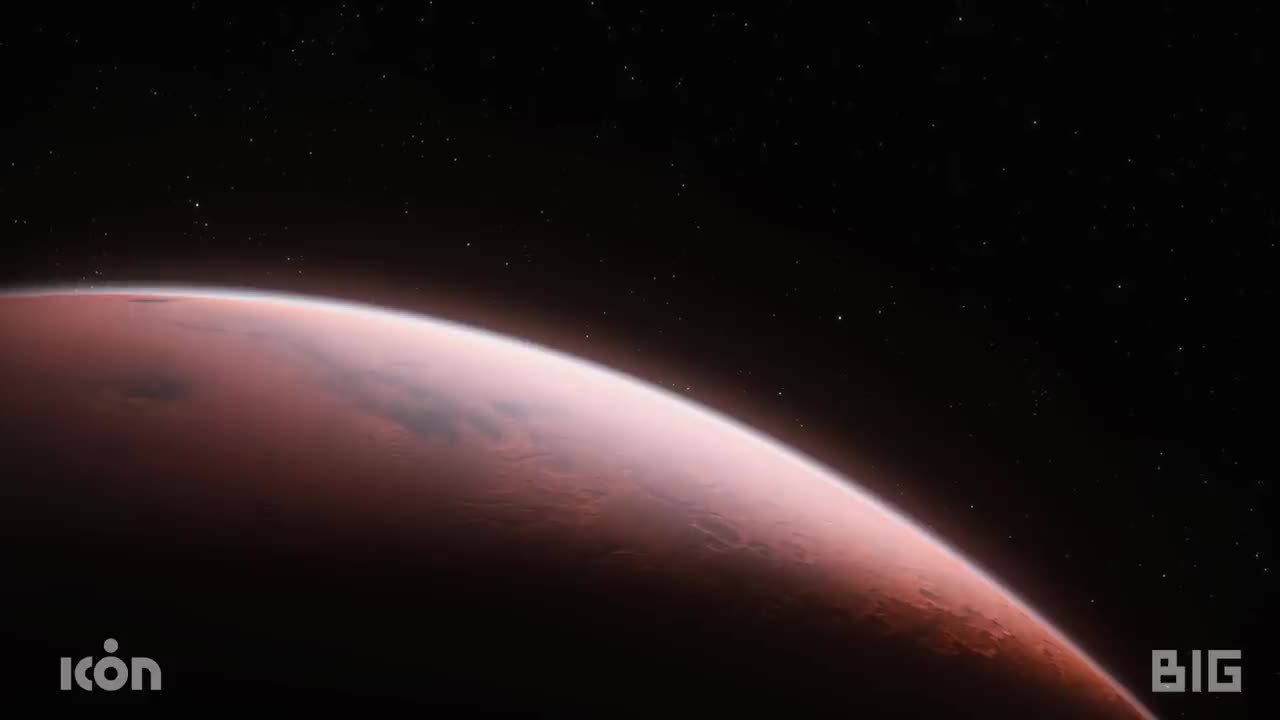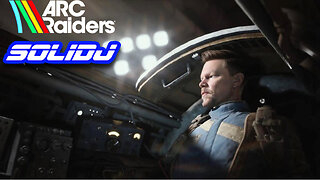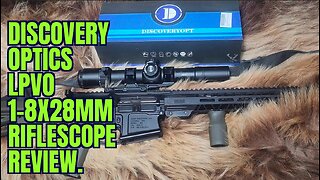Premium Only Content

NASA's Mars Surface Simulated Habitat | 3D Printed by ICON, designed by BIG
ICON 3D PRINTS THE FIRST SIMULATED MARS SURFACE HABITAT FOR NASA DESIGNED BY RENOWNED ARCHITECTURE FIRM, BIG-BJARKE INGELS GROUP
Mars Dune Alpha, the 3D-printed Habitat Located at Johnson Space Center in Houston, Texas, Will Aid in Long-duration Science Missions
ICON, developer of advanced construction technologies including robotics, software, and building materials, announced it has been awarded a subcontract through Jacobs supporting NASA’s The Crew Health and Performance Exploration Analog (CHAPEA) to deliver a 3D-printed habitat, known as Mars Dune Alpha, at NASA’s Johnson Space Center. ICON’s next-gen Vulcan construction system will complete a 1,700 square-foot structure, designed by world-renowned architecture firm BIG-Bjarke Ingels Group, that will simulate a realistic Mars habitat to support long-duration, exploration-class space missions.
CHAPEA is a sequence of three one-year Mars surface mission simulations at the NASA Johnson Space Center in Houston. The analog missions will provide valuable insights and information to assess NASA’s space food system, as well as physical and behavioral health and performance outcomes for future space missions. NASA will use research from the Mars Dune Alpha simulations to inform risk and resource trades to support crew health and performance for future missions to Mars when astronauts would live and work on the Red planet for long periods of time.
Future space exploration habitats have the potential to be 3D printed with additive construction technology to eliminate the need to launch large quantities of building materials on multiple flights, which is cost prohibitive.
“This is the highest-fidelity simulated habitat ever constructed by humans,” said Jason Ballard, co-founder and CEO, ICON. “Mars Dune Alpha is intended to serve a very specific purpose--to prepare humans to live on another planet. We wanted to develop the most faithful analog possible to aid in humanity's dream to expand into the stars. 3D printing the habitat has further illustrated to us that construction-scale 3D printing is an essential part of humanity's toolkit on Earth and to go to the Moon and Mars to stay. ”
Life in Mars Dune Alpha will resemble the expected experience for those living in a future Mars surface habitat. Designed by BIG-Bjarke Ingels Group, the layout of the innovative structure is organized in a gradient of privacy. Four private crew quarters will be located on one end of the habitat; dedicated workstations, medical stations and food-growing stations are located on the opposite end, with shared living spaces found in between. Varying ceiling heights vertically segmented by an arching shell structure accentuate the unique experience of each area to avoid spatial monotony and crew member fatigue. A mix of fixed and movable furniture will allow crew members to reorganize the habitat according to their daily needs, as will the customizable lighting, temperature, and sound control – helping regulate the daily routine, circadian rhythm, and overall well being of the crew.
“Together with NASA and ICON, we are investigating what humanity’s home on another planet will entail from the human experience,” says Bjarke Ingels, Founder and Creative Director, BIG-Bjarke Ingels Group. “The data gained from this habitat research will directly inform NASA’s standards for long-duration exploration missions, and as such will potentially lay the foundation for a new Martian vernacular. Mars Dune Alpha will take us one step closer to becoming a multiplanetary species.”
Ballard continued, “Bjarke Ingels and the team at BIG are incredible thought leaders in the architecture space. It was important to have a partner who believed in this transformative role of the future of construction and who could help us imagine pioneering new frontiers -- both materially, technologically and environmentally.”
NASA has begun its recruitment for the long-duration Mars mission analog study inside the 3D-printed habitat. Applications to participate as crew are being accepted through the mid-September 2021 for the one-year analog mission that starts in Fall 2022. To learn more or to apply, visit www.nasa.gov/chapea/participate.
ICON also received funding from NASA and launched “Project Olympus” to begin research and development of a space-based construction system to support future exploration of the Moon. As part of a government Small Business Innovation Research (SBIR) contract, “Project Olympus” brought ICON and BIG together again to imagine humanity’s first home on another world.
For more information visit www.iconbuild.com.
Animation by: Brick
Concept Renderings by: BIG-Bjarke Ingels Group
-
 LIVE
LIVE
Midnight In The Mountains™
21 minutes agoArc Raiders w/ The Midnights | THE BEST LOOT RUNS HERE
33 watching -
 LIVE
LIVE
ladyskunk
1 hour agoBorderlands 4 with Sharowen Gaming, Rance, and Sweets! - Part 8
65 watching -
 LIVE
LIVE
S0lidJ
1 hour ago🟢Live -S0lidJ - Solos Arc Raiders
70 watching -

TheItalianCEO
5 hours agoSunday is for chill games
3.49K -
 10:24
10:24
AlaskanBallistics
18 hours agoDiscovery Optics 1-8x28mm LPVO Riflescope Review
1.63K -
 2:08:24
2:08:24
Jeff Ahern
3 hours ago $7.20 earnedThe Sunday Show with Jeff Ahern
13.5K6 -
 27:41
27:41
DeVory Darkins
1 day agoMarjorie Taylor Greene STUNNED after Trump pulls her endorsement
37.8K319 -
 5:06:28
5:06:28
ttvglamourx
5 hours ago $0.73 earnedSUSSY SUNDAY !DISCORD
6.5K -
 2:45:29
2:45:29
slychapter3
4 hours ago🔴🏝 Using Christopher Columbus's Spy Glass🔭!! Survival: Fountain of Youth!!🔴
4.17K -
 32:41
32:41
Tactical Advisor
5 hours agoNew Red Glock? | Vault Room Live Stream 045
47.7K10